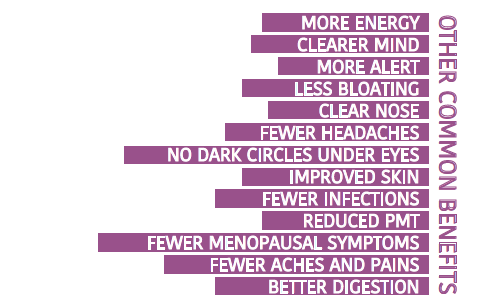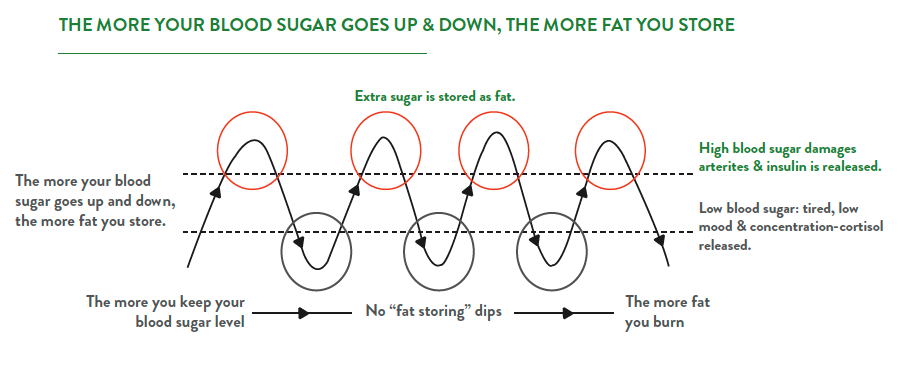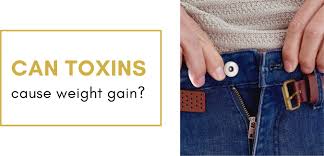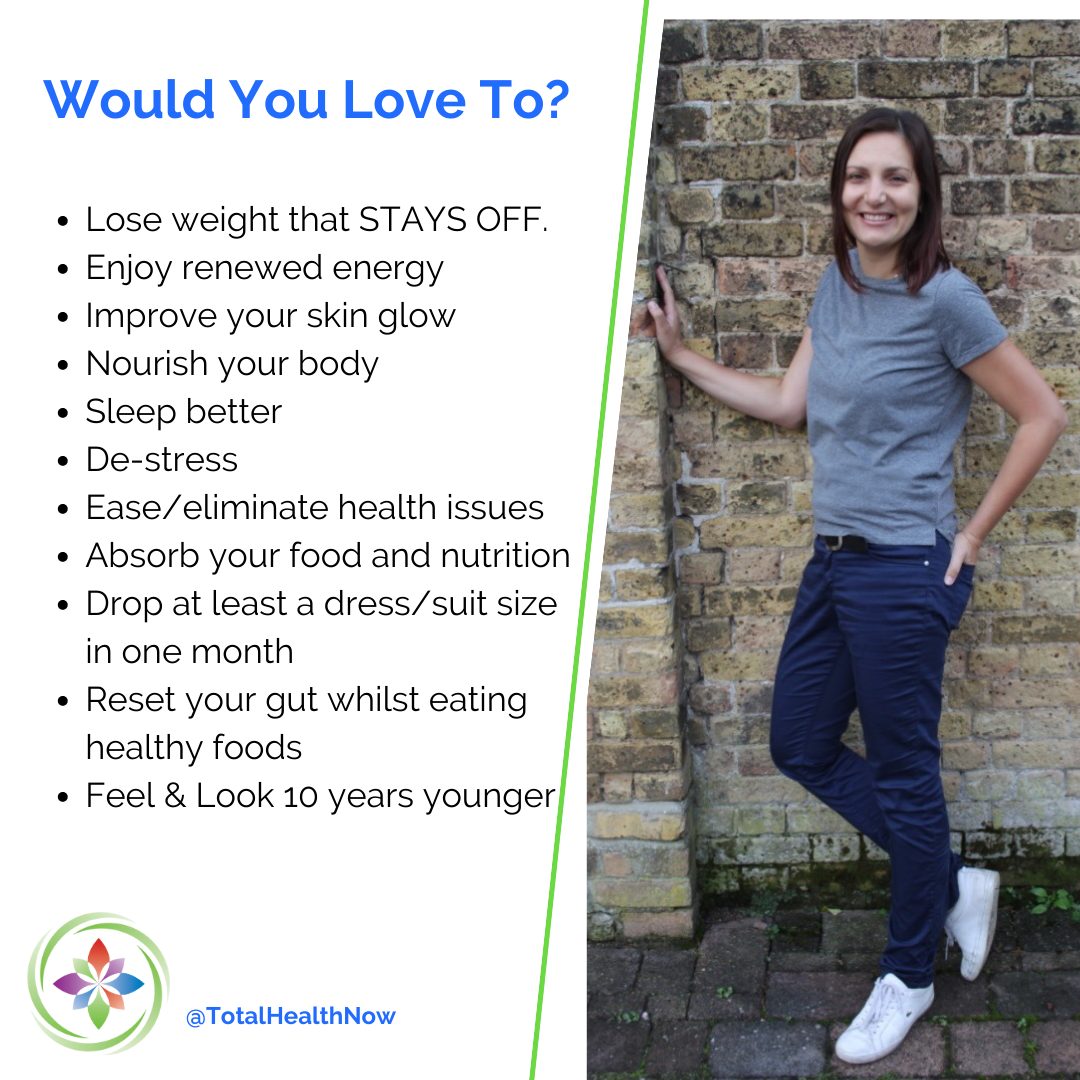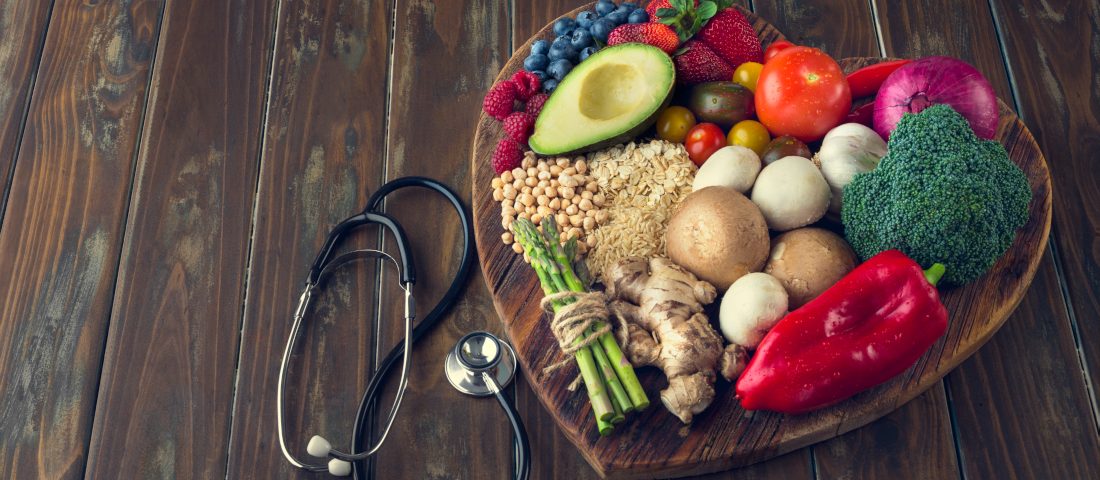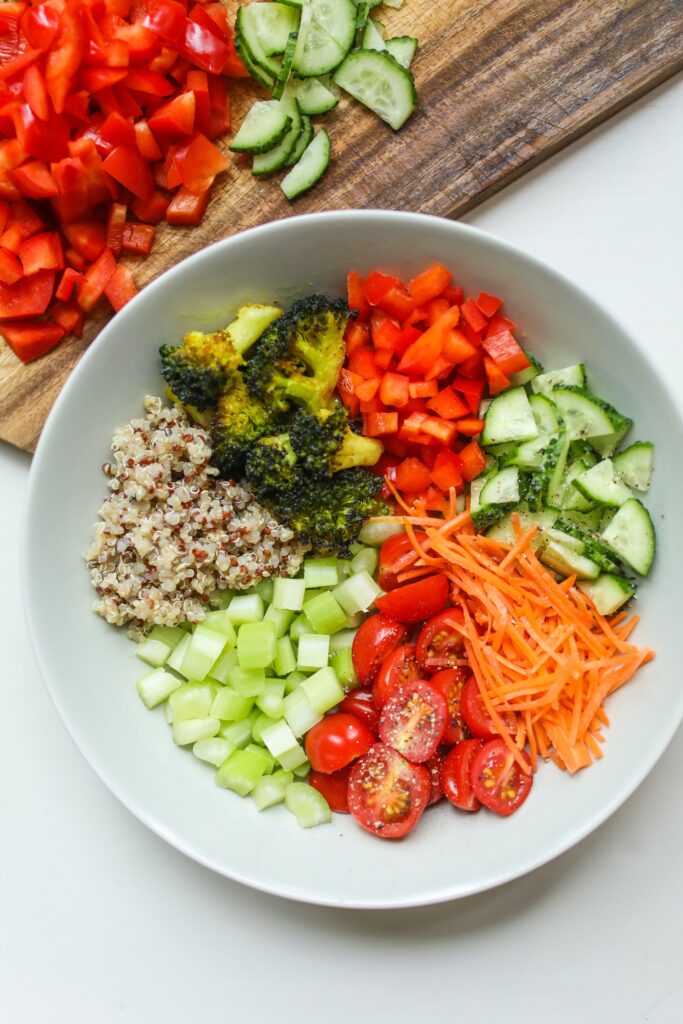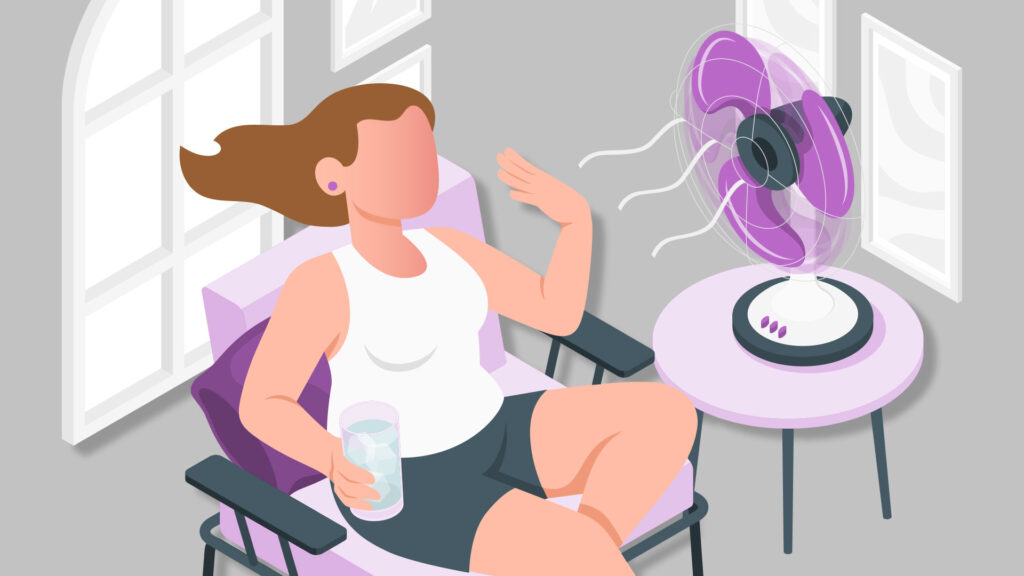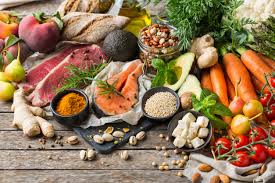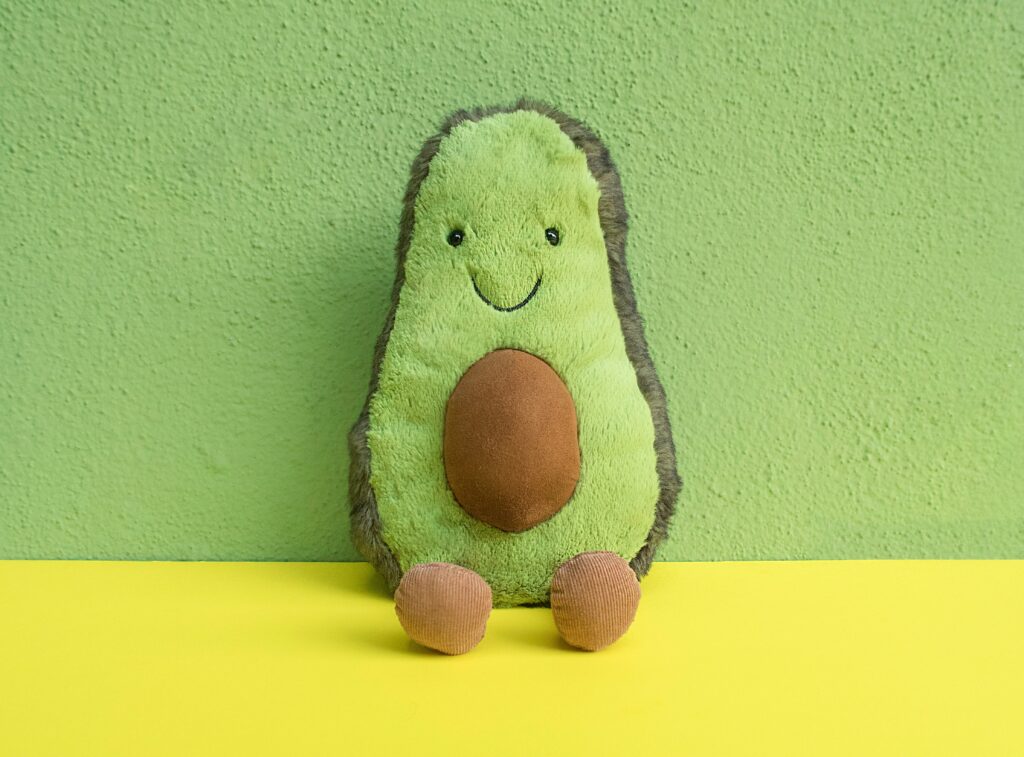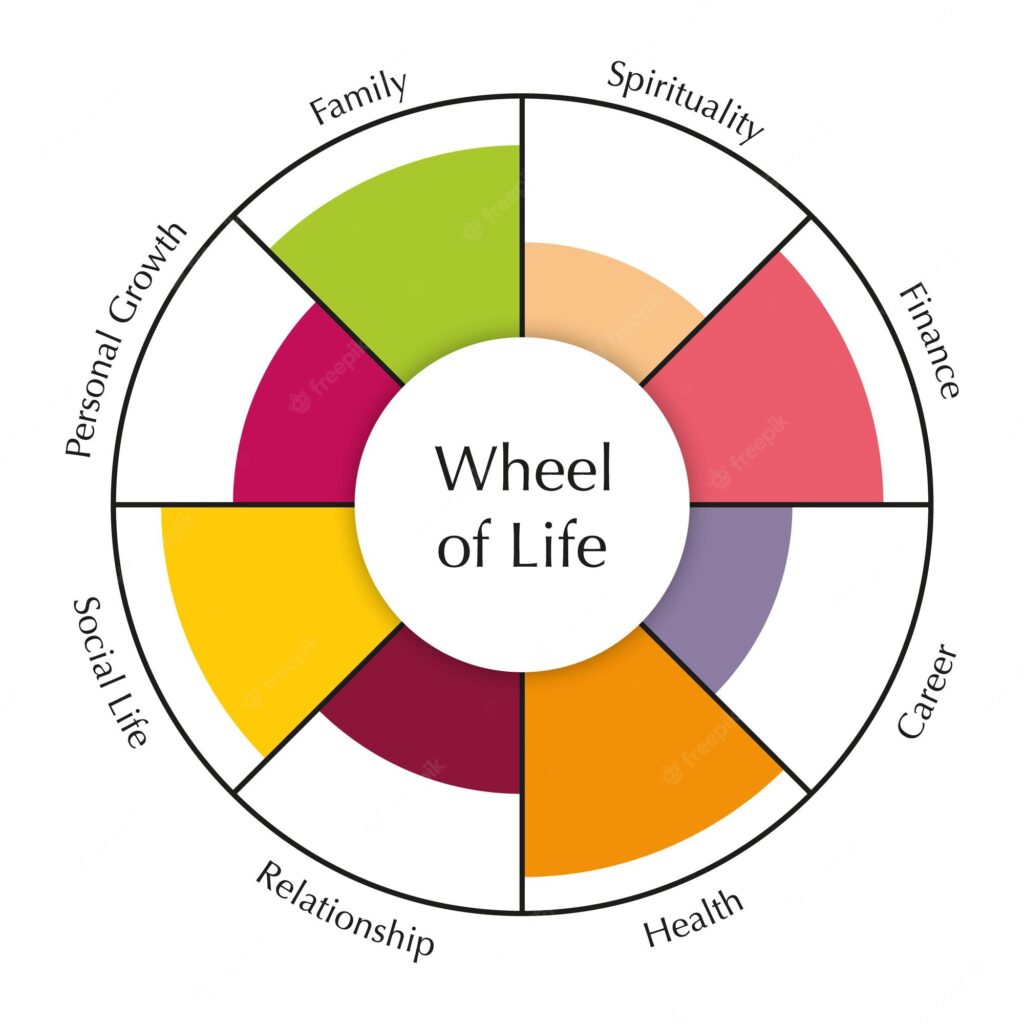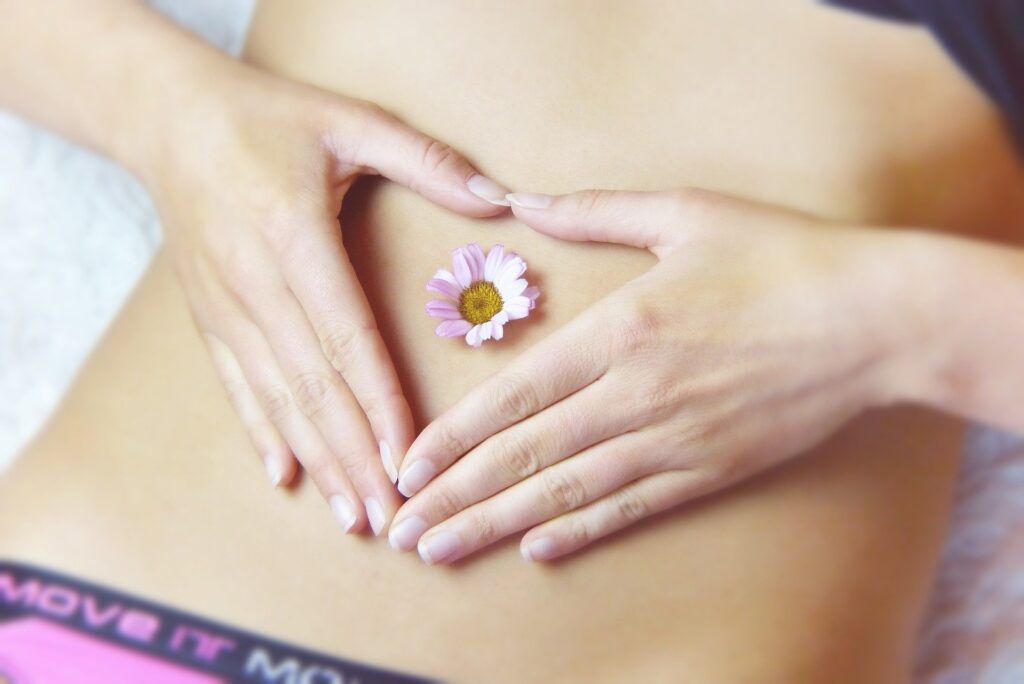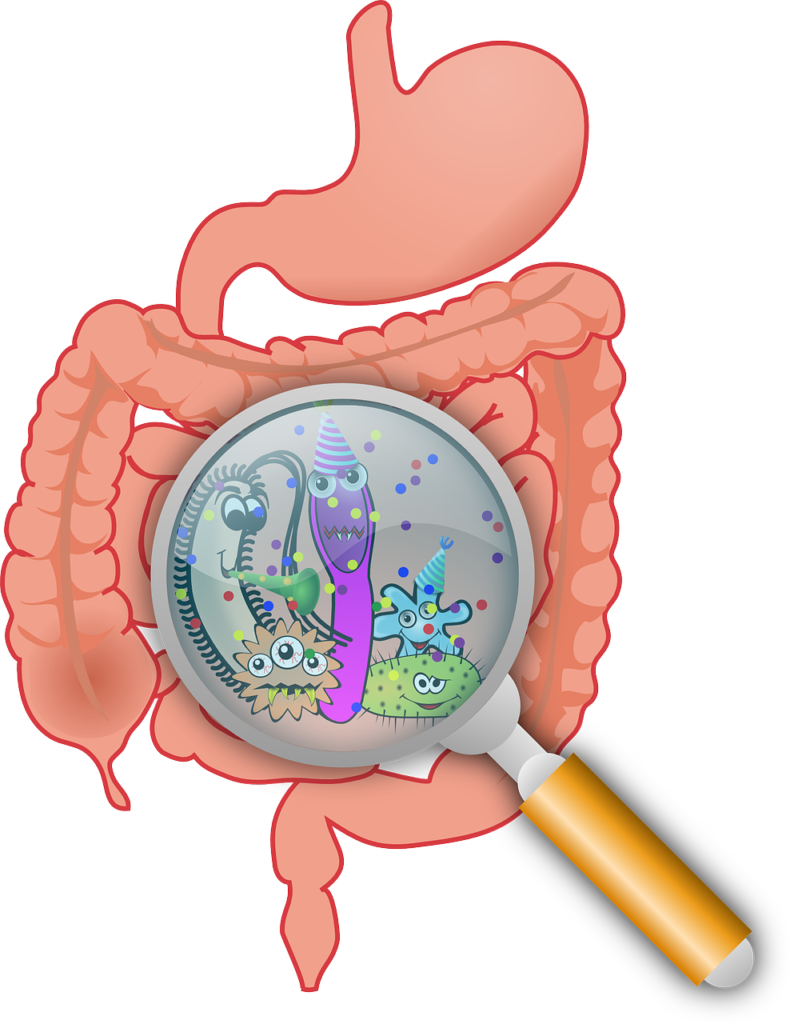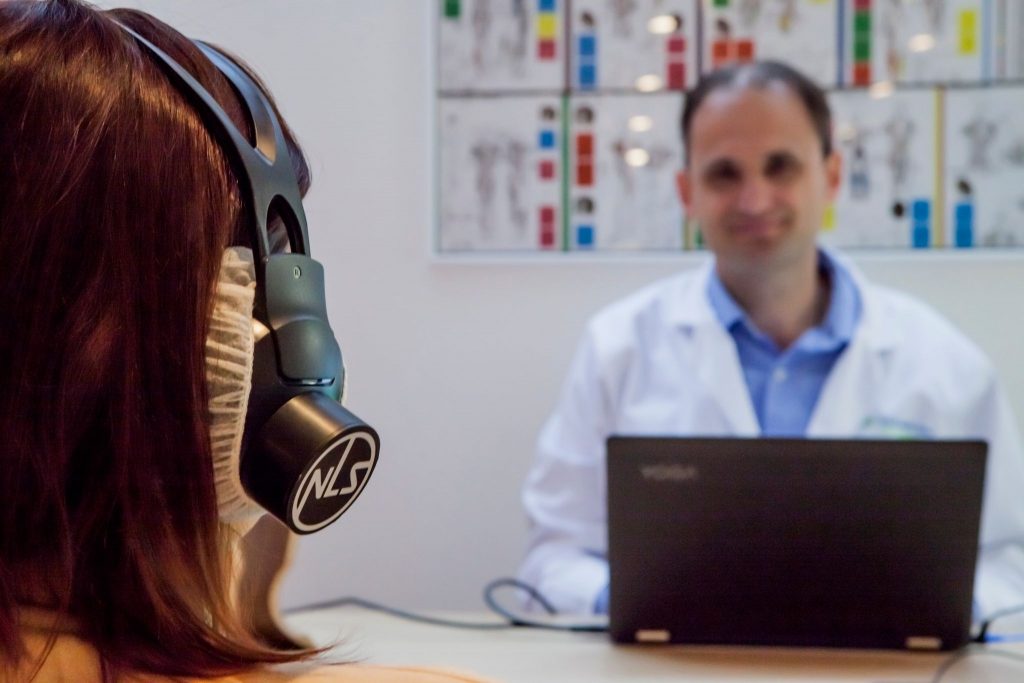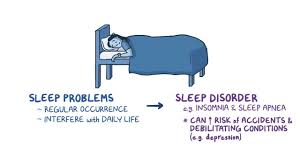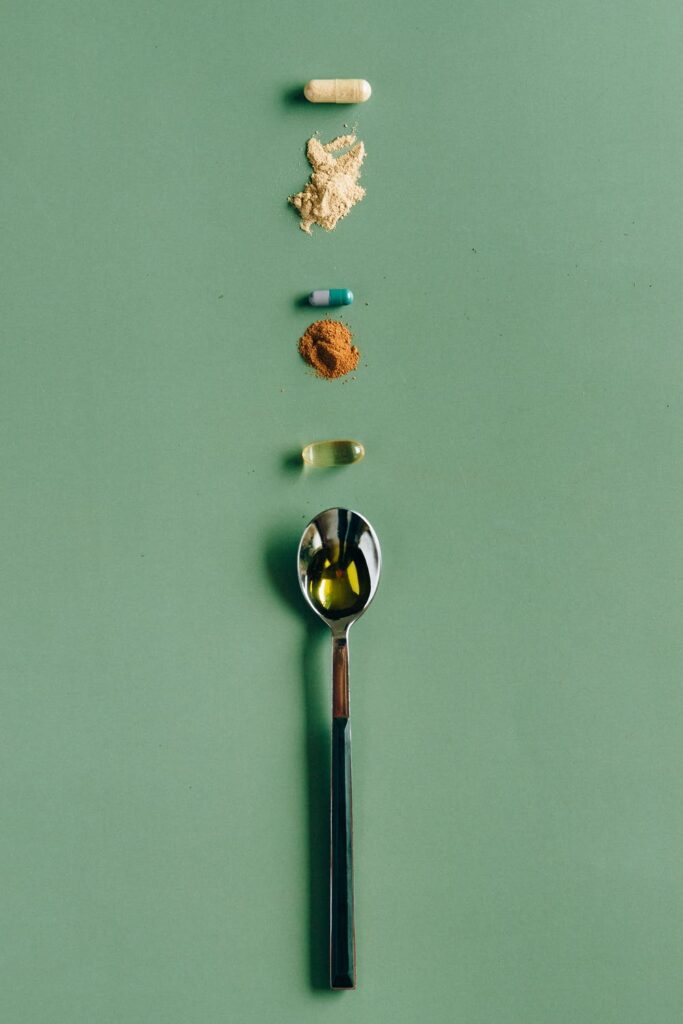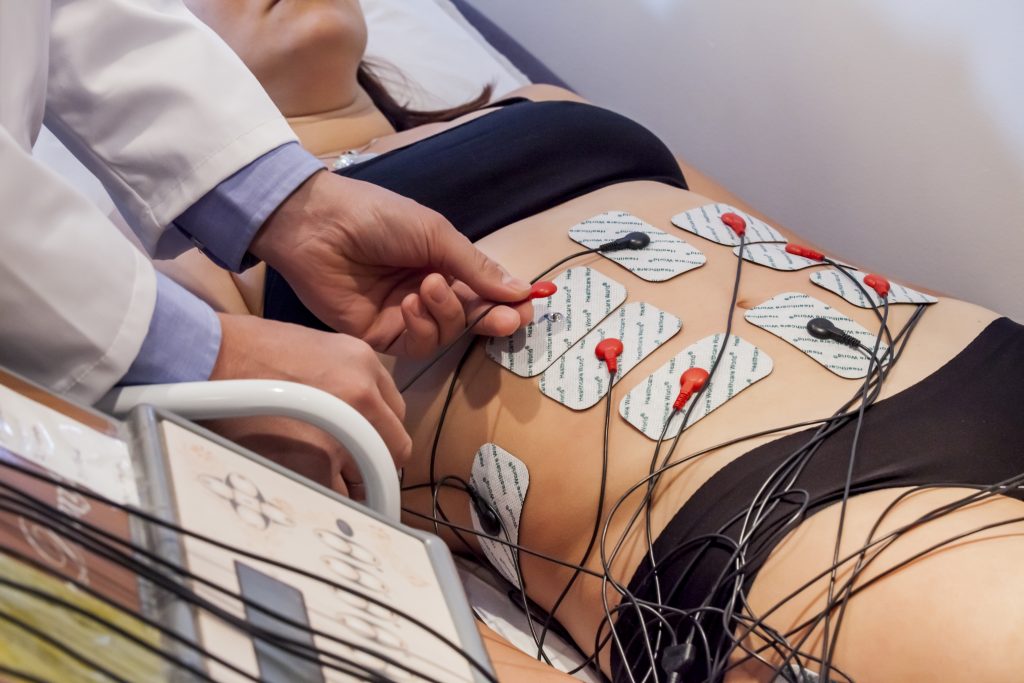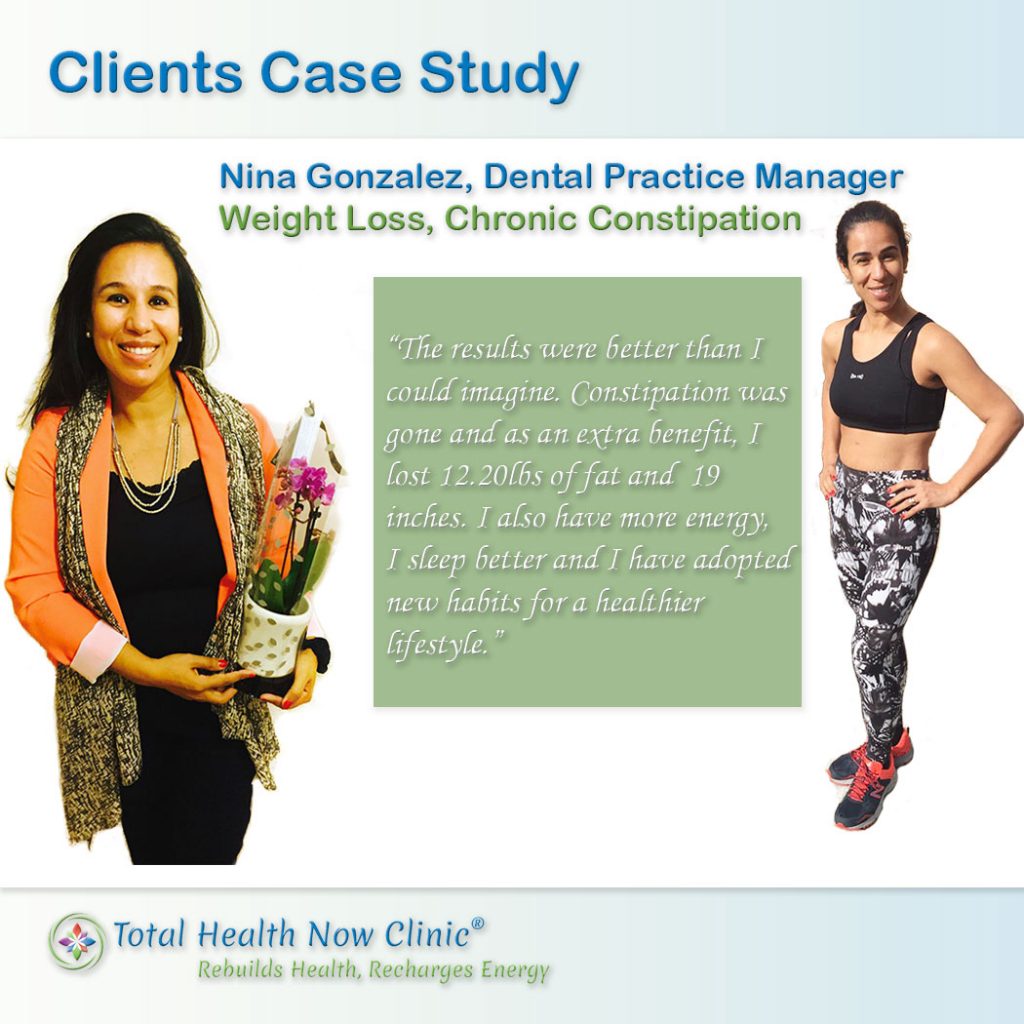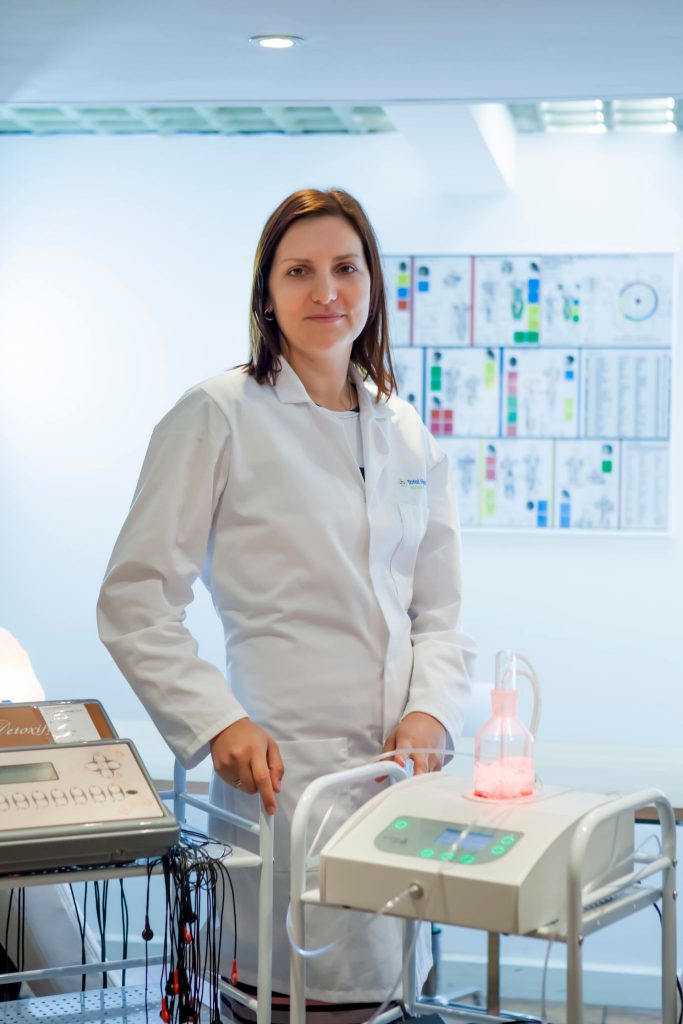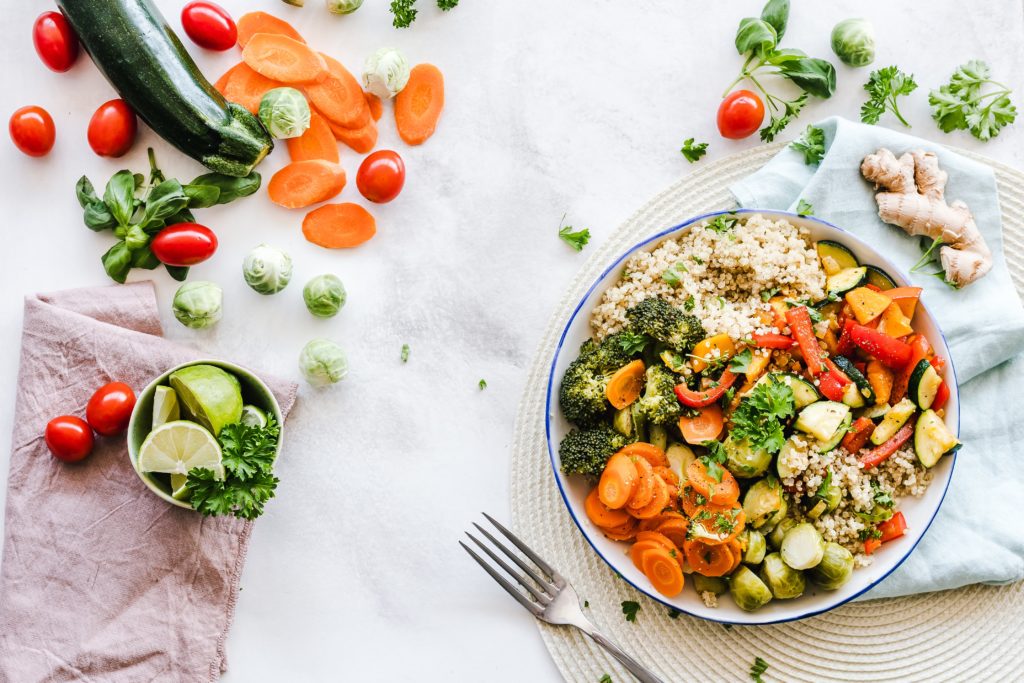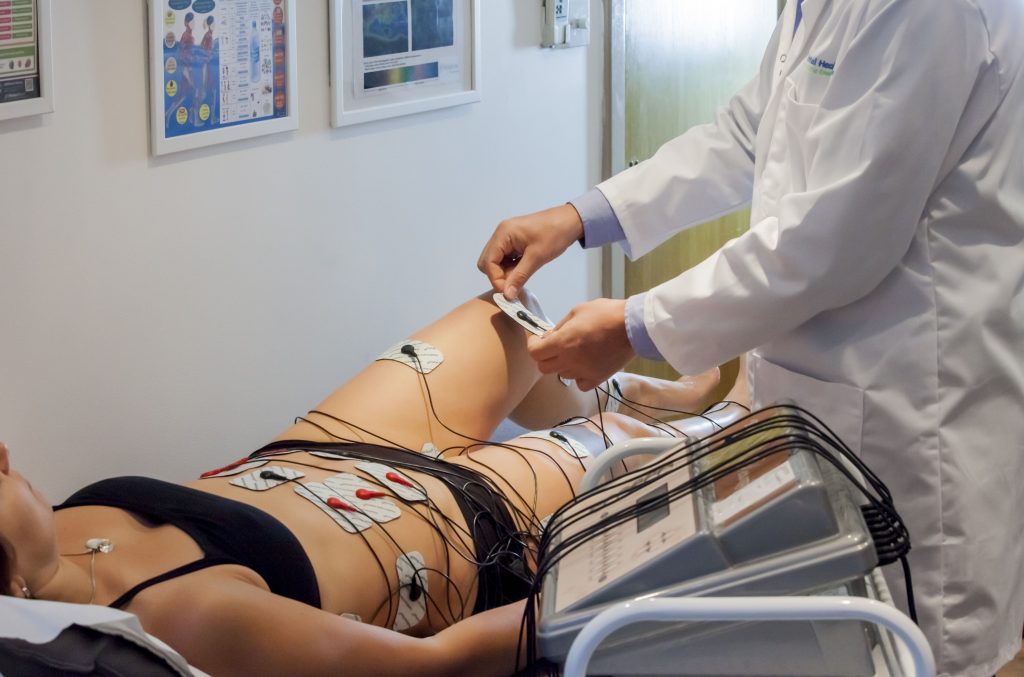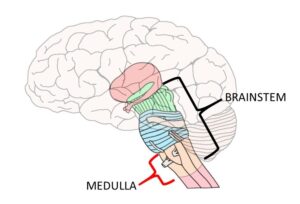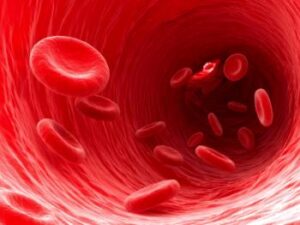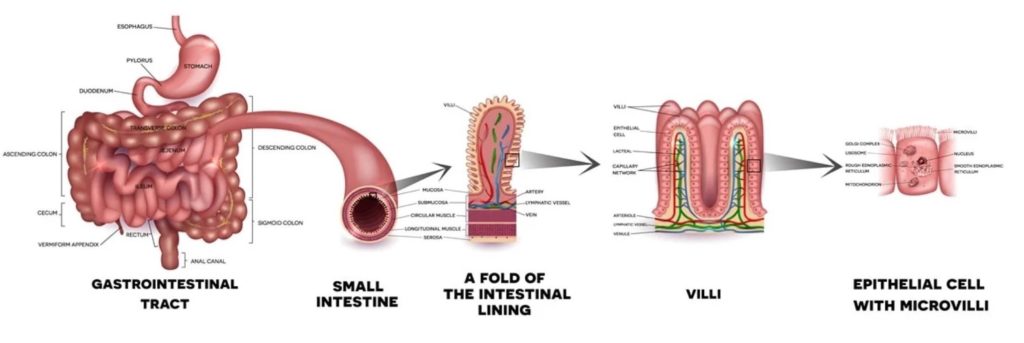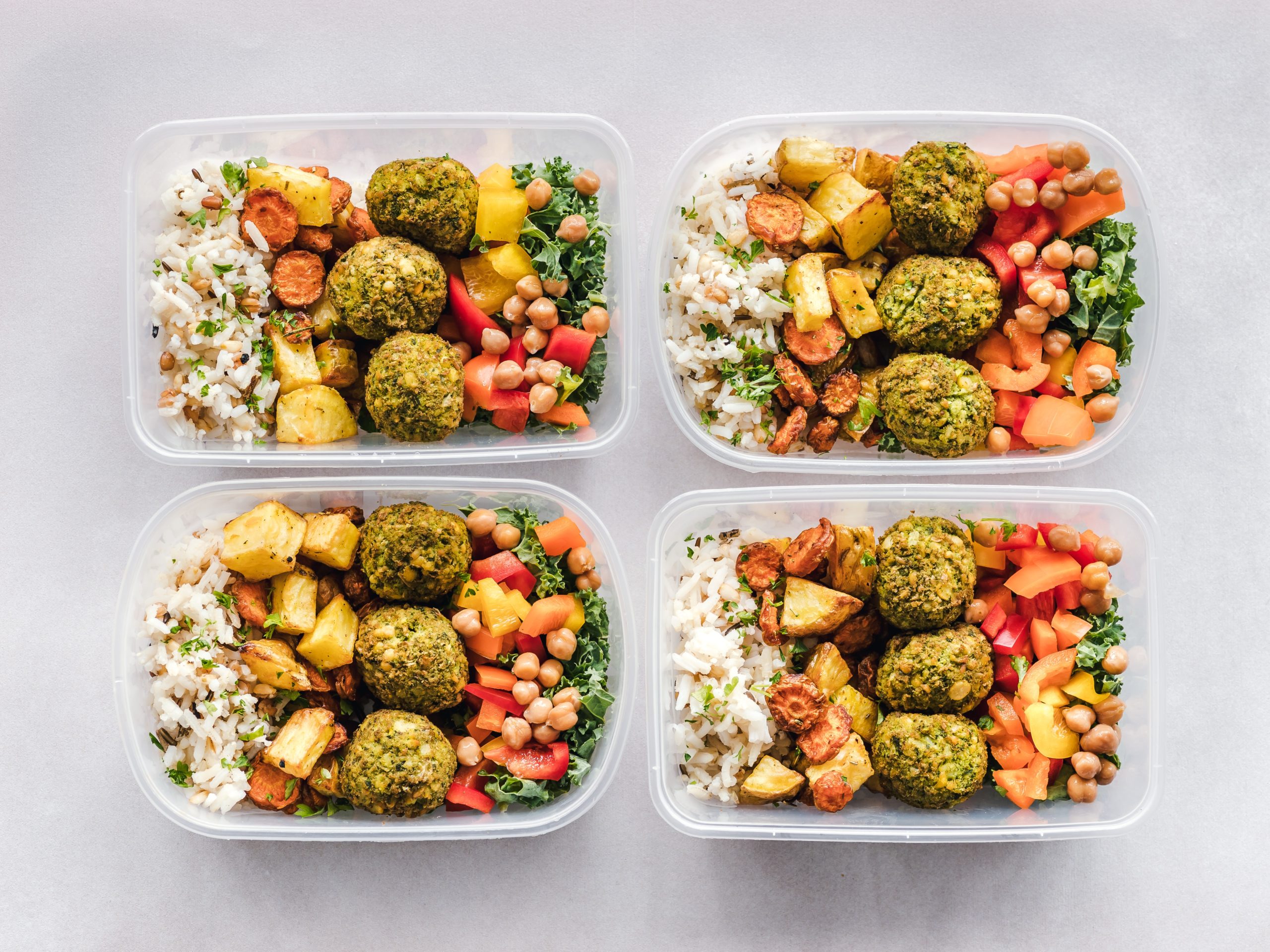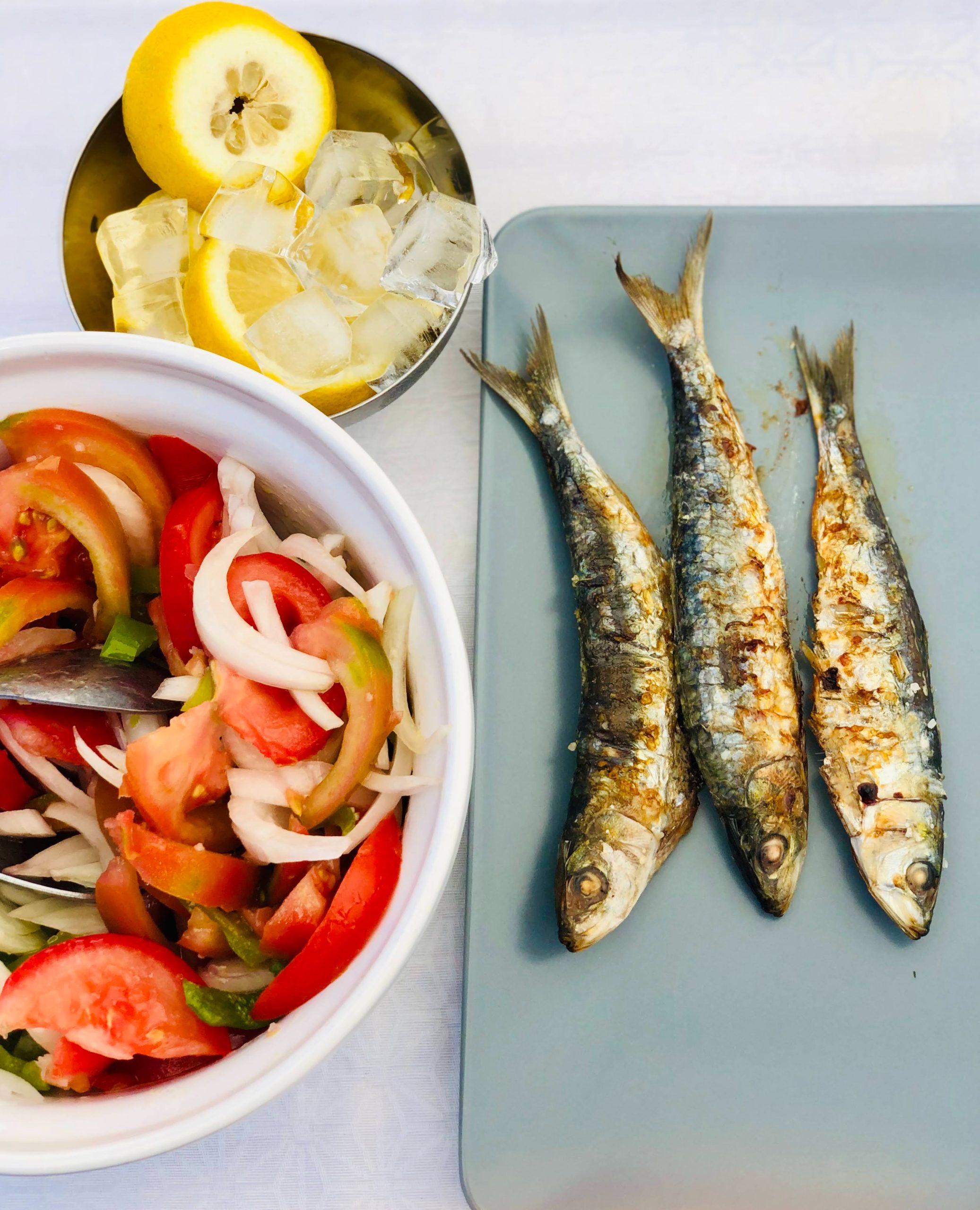Why use food as medicine?
Modern medicine has given us many blessings. In the first half of the 20th century, insulin was discovered. It soon became available as a drug, and subsequently, type 1 diabetes was no longer a deadly disease. In the 1940s, antibiotics became available and have since saved millions of lives. It seems hard to believe now that before then, an injury as slight as the scratch of a rose’s thorn could kill you. Surgeons save lives every day, removing inflamed appendices, stitching up injured tissues, screwing bones back together, and replacing joints and even organs.
Yet, the one thing modern medicine still cannot cure is chronic diseases. Contrary to the impression conveyed to us, it is not even particularly good at managing them. For chronic diseases, such as heart disease, diabetes, hypertension, arthritis, dementia, depression and more, the treatment of choice is drugs. However, all drugs come with unintended side effects. What’s more, according to Danish physician and researcher Peter Gøtzsche, prescription drugs are the third leading cause of death in Europe and the US.[1]
Very little attention is given to prevention, despite ample evidence that diet and lifestyle choices play a significant role in the development of chronic illness. A real food diet, movement, sleep, sunshine and natural light, relaxation techniques and stress management go a long way to prevent us from falling ill in the first place, but even late in the day – when a chronic disease has already struck – diet and lifestyle changes are still able to slow or even halt the progression of the disease or even reverse it altogether. For example, we now know that type 2 diabetes, which used to be considered progressive and incurable, can be reversed, either through gastric bypass surgery or a change of diet. No drug can achieve that! But if there’s a choice between changing the diet or having gastric bypass surgery, I know which one I would try first.
Even if there is a genetic predisposition to a specific disease that runs in your family – say cardiovascular disease, diabetes, dementia, depression or cancer – diet and lifestyle choices still matter. Genes can be switched on or off. Genes load the gun, but poor diet and lifestyle choices pull the trigger.
Can food really be that powerful?
In short: Yes. Many people think of nutrition and the value of food only in terms of calories: “You need X amount of calories to sustain life, X amount to be healthy.” And also, “If you want to lose weight, you need to expend more calories than you consume.”
Yet, food is so much more than calories.
(Real) food contains a plethora of nutrients your body needs. Many of those, you only need in trace amounts, but you do need them. The human body consists of and evolved to require protein, fat, carbohydrates, vitamins, minerals and lots of other nutrients from food. You did not evolve to require medication, and you do not get sick as a result of medication deficiency!
Nutritional deficiencies cause or contribute to many illnesses. In cases where malnutrition or malabsorption are not the underlying cause of disease, food can still a) reduce the damage and b) help the body heal itself.
I’m not saying there is no need for medication – far from it – but you may need less or none if you give the body what it needs for repair and maintenance.
On the flip side, of course, the modern diet contains a lot of so-called ‘food’ that you do not need at all. Not only that, but the evidence that modern ultra-processed food causes harm is also mounting.[2]
Research links such foods (think convenience food, novelty foods, junk foods etc.) to many health problems. People who eat more of them are more likely to be obese and have diabetes and cardiovascular disease. One study found an association with cancer.[3]
So far, this research is based on observational studies, which can only confirm that two things occur together but not that one is causing the other. Experts do not yet know whether it is what’s in ultra-processed foods that cause harm or what they are lacking. Most likely, it is a bit of both.
So, if you want to get (or stay) healthy, you need to think about what you eat as well as what you don’t eat.
How to use food as medicine
- Eat real food
That means meat, fish, seafood, eggs, dairy, nuts, seeds, pulses, vegetables, fruit, herbs, spices, whole grains and natural fats. It also means that you need to get cooking. If you prepare your own meals and snacks, you’ll know exactly what’s in it. Yes, it is still possible to create unhealthy food if you prepare your own, but you’d be hard-pressed to add ingredients that are as harmful as those the food industry puts in our food – with the possible exception of sugar.
- Avoid sugar and refined carbohydrates
Sugar has no nutritional value. It is not among the things you need to eat.
You need protein, fat and carbohydrates but that does not mean that you need to eat starchy, carbohydrate-rich food – at least not in the quantities that most people do today. There are essential amino acids (the building blocks of protein) and essential fatty acids (the building blocks of fat) but there are no essential carbohydrates. The body can create those from protein and fat, but you will still get enough if you eat plenty of non-starchy vegetables.
- Eat natural fats
The body uses saturated, monounsaturated and polyunsaturated fats. All natural foods that contain fat consist of a combination of all of these. Every cell wall is built from those fatty acids.
The human brain is 60% fat, and fat is the basis for many hormones and neurotransmitters. Fat as such is not the enemy, but what you don’t need are man-made oils that are chemically extracted, clarified and deodorised, then filled into transparent plastic bottles and stored under the bright light of supermarkets. Polyunsaturated fats, although ‘essential’ are highly sensitive to heat and light. The treatment they receive causes them to oxidise, which makes them so harmful.
You also do not need artificially hardened (‘partially hydrogenated vegetable oils) as they contain trans fats, a harmful form of fat also used in many ultra-processed foods. Unfortunately, these unhealthy fats that are still frequently advertised as ‘heart-healthy’ and ‘good for you are now known to be highly inflammatory.[4]
Healthy fats are butter and ghee, coconut oil, olive oil, avocado oil and cold-pressed sunflower, flaxseed, walnut and pumpkin seed oils. The latter should be stored in opaque glass bottles and away from light, some even in the fridge.
- Eat a wide variety of real foods
Consuming as many different foods as possible has lots of advantages. The obvious one is that your diet won’t be boring. The more different foods you eat, the more likely you will get all the nutrients you need.
Plant foods of different colours contain different kinds of phytonutrients – plant nutrients that have beneficial properties. So, make sure to include all the colours of the rainbow in your diet.
Your gut, too, will thank you for a wide variety of foods. There is a lot still to discover about the microbiota, the community of microbes living in our digestive tract. The one thing we already know is that the more varied the microbiota, the healthier the human. Different microbes like different foods. The more varied your diet, the more different microbes you are nurturing.
- Take a break from eating now and again
People today tend to more frequently than their ancestors. There’s breakfast, lunch and dinner, but there are also elevenses and a mid-afternoon biscuit with a cup of tea. You might eat when you’re sad, upset, bored or excited. Few people manage more than two or three hours without putting something in their mouth.
However, a couple of ‘maintenance procedures’ ought to happen within the body to keep it spick and span. One is autophagy – a kind of ‘rubbish disposal service’ – and the other is the ‘migrating motor complex (MMC)’, a process in which the gut is rinsed and cleaned.
These processes can only work when you are not eating so regular fasting is a healthy habit. Don’t worry, that doesn’t mean that you need to live on water and broth for a week. All that’s required are regular prolonged overnight fast or the odd day of no or very little food every week. This is called ‘intermittent fasting, which is getting a lot of attention right now.
“Preclinical studies and clinical trials have shown that intermittent fasting has broad-spectrum benefits for many health conditions, such as obesity, diabetes, cardiovascular disease, cancers, and neurologic disorders.”[5]
- Speak to a holistic therapist
The above tips are a great place to start if you are healthy and would like to remain so. If you already have a chronic illness, I recommend working with a nutritional therapist – like me – who will be able to give customised dietary and lifestyle advice. Although the above tips are suitable for healthy people, there may be caveats if you have a diagnosed condition. It is safest to work with someone trained in nutrition to avoid pitfalls.
For every chronic disease and health condition, there are foods that promote it and foods that can help ease it. When I’m working with private clients, I take a detailed medical and family health history, look at your current diet, recommend functional tests, and work with you on a diet and lifestyle plan that fits into your life and works for you. With your permission, I will work with your doctor and healthcare team to get your health back on track. If you know you need this level of personal support [enter what you want them to do – how you want them to be in touch].
The power of food
Almost every client I see books in because they are looking for help with one, perhaps two, specific issues. That could be weight loss, heart health, hormone balance, digestive health or heavy metal toxicity. Almost every one of them also experiences other, apparently unrelated symptoms, which can be severe or just niggling nuisances: headaches, sleep disturbances, joint pain, tiredness, irritability, and skin conditions … Once we start working on the issue they wanted to address, without fail, some or all of those other problems improve or go away completely, often before the main issue has been resolved.
Once the body heals, it heals. Unlike drugs, which usually deal with one thing, such as lowering blood pressure, cholesterol or blood glucose, nutrients get to work wherever they are needed. Win-win!
If you would like to try out the power of food for yourself, book your complimentary call by contacting me – link here. Let’s get to work!
[1] Gøtzsche PC (2014): Our prescription drugs kill us in large numbers. Pol Arch Med Wewn. 2014;124(11):628-34.
[2] Rico-Campà A, Martínez-González MA, Alvarez-Alvarez I, et al (2019): Association between consumption of ultra-processed foods and all-cause mortality: SUN prospective cohort study BMJ 2019; 365 :l1949
[3] Fiolet T, Srour B, Sellem L, et al (2018): Consumption of ultra-processed foods and cancer risk: results from NutriNet-Santé prospective cohort. BMJ. 2018 Feb 14;360:k322.
[4] Okuyama H, Langsjoen PH, Ohara N, et al (2016): Medicines and Vegetable Oils as Hidden Causes of Cardiovascular Disease and Diabetes. Pharmacology. 2016;98(3-4):134-70.
[5] De Cabo R, Mattson, MP (2019): Effects of Intermittent Fasting on Health, Aging, and Disease. New England Journal of Medicine, 381(26), 2541–2551.

